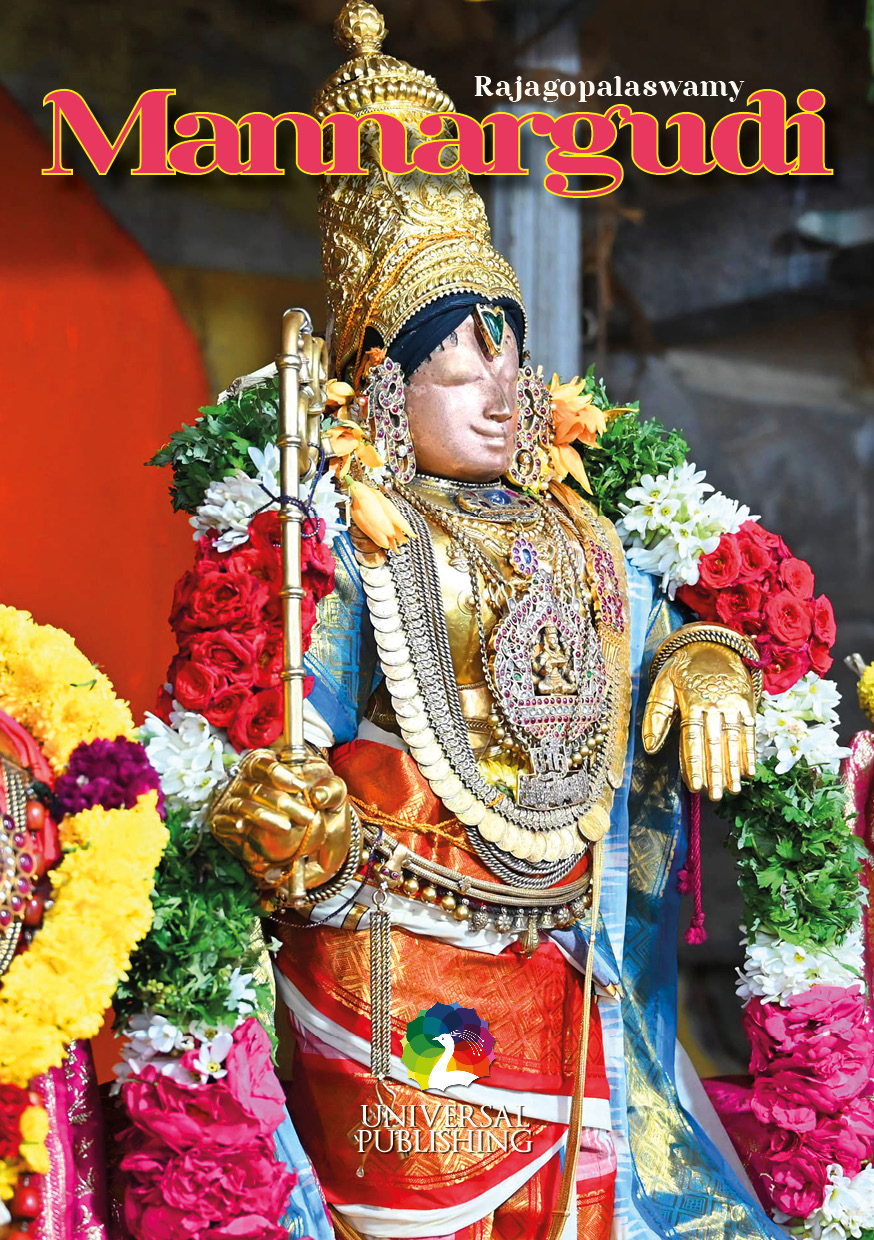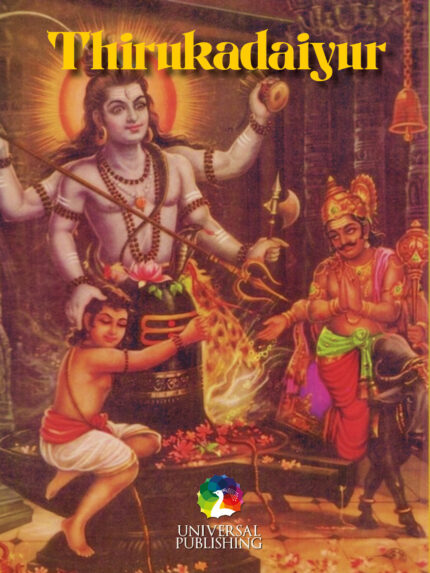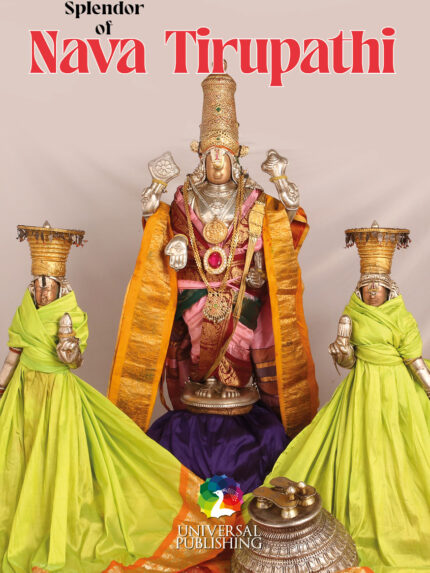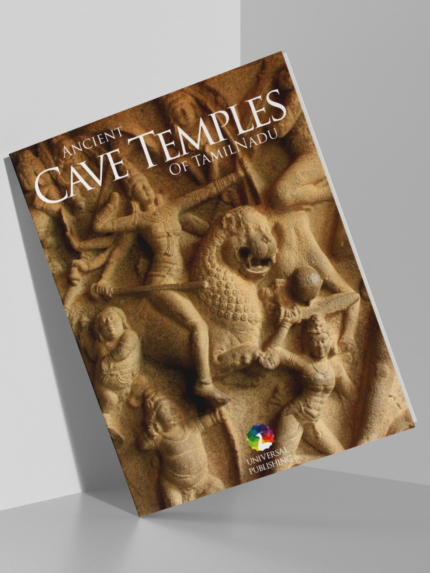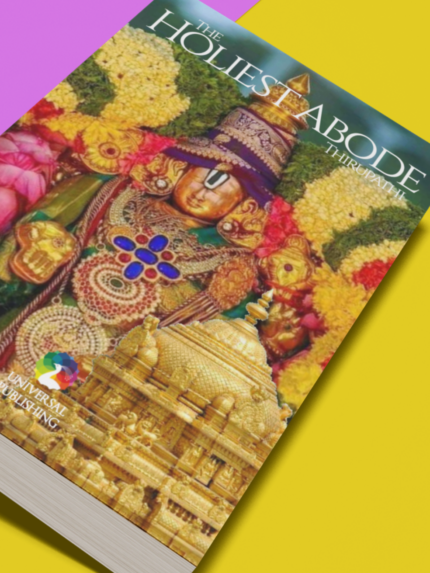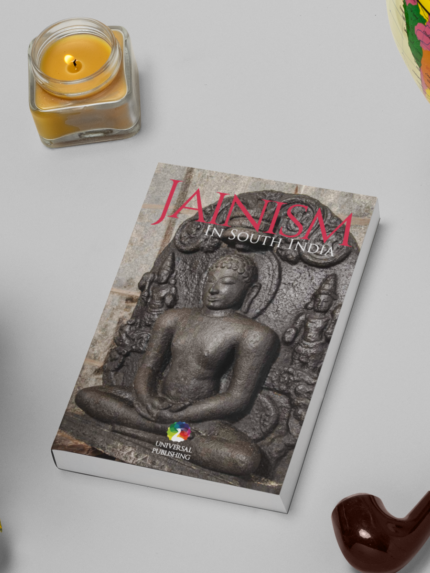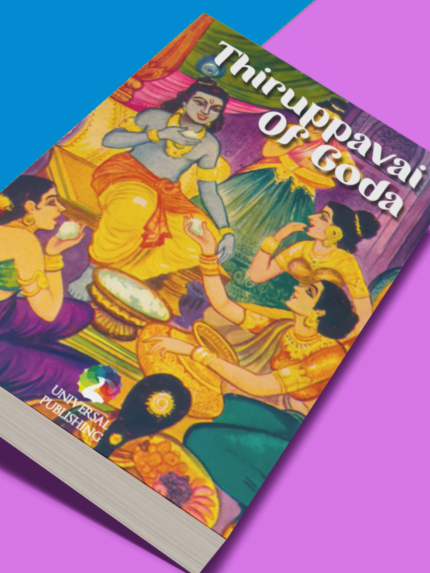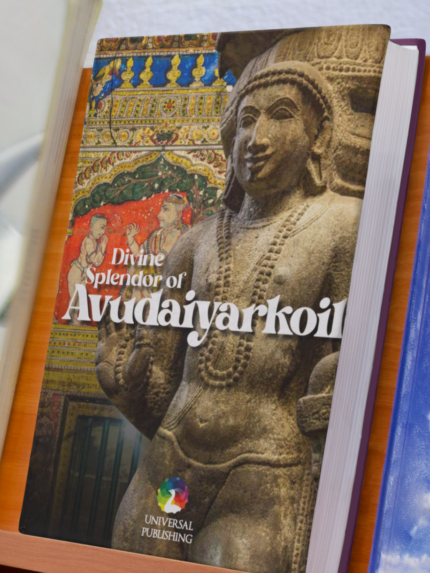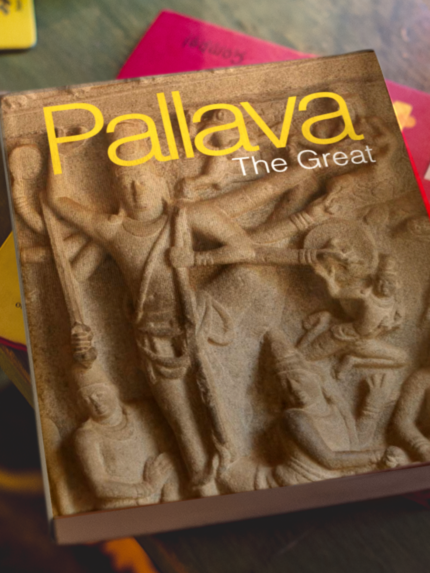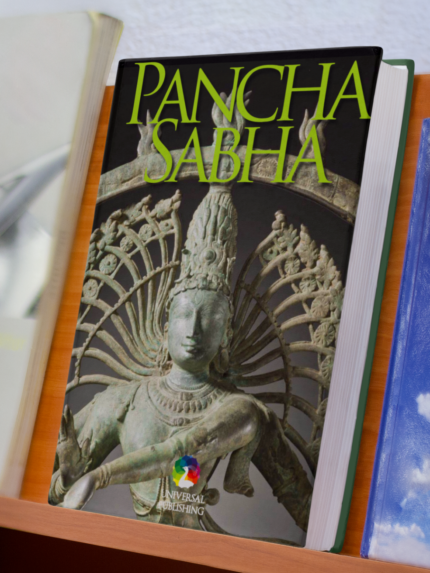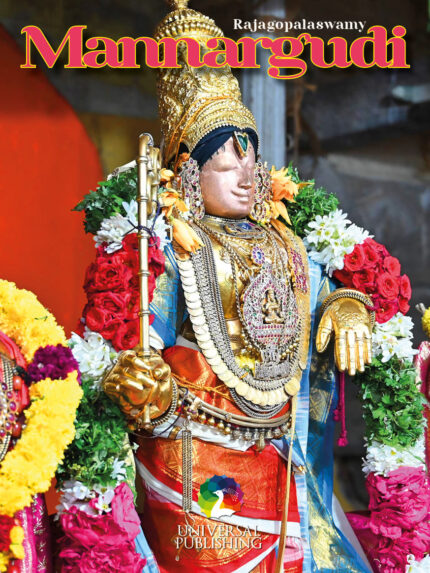Step into the realm of divinity with “Rajapalaswamy Mannargudi: Unveiling the Divine in Tamil Nadu,” an immersive exploration of the “Sri Vidhya Rajagopalaswamy Temple.” Nestled in the historic town of Mannargudi, Tamil Nadu, this sacred Vaishnava shrine is dedicated to Lord Krishna, known as Rajagopalaswamy. It is spread across 23 acres, making it a significant Vaishnava temple in India. Revered by countless devotees, this temple is often referred to as “Dakshina Dvaraka” (Southern Dvaraka) in conjunction with Guruvayoor by devout Hindus. It holds the distinction of being the foremost among the 108 Abhimana Kshethram of the Vaishnavate tradition.
Architectural Grandeur:
The temple’s origins can be traced back to the 10th century when it was originally constructed by Kulothunga Chola I. Subsequent Chola kings, including Rajaraja Chola III and Rajendra Chola III, and the Nayaks of Thanjavur made significant contributions to its expansion and grandeur. The temple’s architectural splendor is a testament to the Dravidian style and showcases the artistic and cultural heritage of the region. Its iconic 192 ft (59 m) rajagopuram (gateway tower) is a striking symbol of the temple.
Sculptural Marvels:
The temple boasts a captivating gopuram facing east, a central shrine that houses an awe-inspiring 156-inch-tall idol of Lord Rajagopalaswamy seated alongside his consorts, Satyabhama and Rukmini. The temple complex comprises 16 gopurams (tower gateways), seven prakarams (outer courtyards), 24 shrines, seven mandapams (halls), and nine sacred theerthams (temple tanks). The temple tank, known as Haridra Nadhi, is particularly remarkable and is one of the largest temple tanks in India.
Historical Significance:
The history of Mannargudi is intrinsically intertwined with the Rajagopalaswamy temple. It served as a focal point for the town’s growth, and successive rulers, including the Cholas and Nayaks, made contributions to its development. The temple is adorned with inscriptions from various dynasties, offering a glimpse into its historical evolution. The large 1,000-pillared hall is a testament to the architectural brilliance of the Nayaks.
Festivals and Devotion:
The “Rajapalaswamy Mannargudi” temple is a hub of devotion and festivity. It hosts six daily rituals and several yearly festivals. The grand Panguni Brahmotsavam, spanning 18 days, is a highlight, reenacting the famous stories of Lord Krishna. The chariot festival, celebrated during the Tamil month of Panguni, is a spectacle that draws devotees from the surrounding villages. Other festivals include Vaikunta Ekadashi, Navarathri, and the butter pot-breaking ceremony (locally known as uri adi).
Religious Reverence:
While the Alvars have not explicitly glorified this temple, it holds a sacred place in the hearts of devotees. It is believed that Thirumangai Alvar, one of the Alvars, erected the tall flag post outside the temple. The temple has been praised and celebrated by later saints and musicians, such as Sri Purandara Dasaru, a Kannada Hari Dasa, who composed songs in praise of Lord Rajagopalaswamy.
“Rajapalaswamy Mannargudi” is your gateway to the spiritual, historical, and cultural treasures of this magnificent temple. Whether you are a devotee of Lord Krishna, a lover of art and architecture, or an enthusiast of religious history, this book offers a profound glimpse into the divine splendor of the “Sri Vidhya Rajagopalaswamy Temple.” Your journey into the heart of devotion begins here.

